Table of Contents_
With the announcement from Apple regarding the newest iteration of their popular iPhone, and the leap they’ve made into 64-bit processors for mobile devices, it’s worth taking a look at the pre-history of the game-changing smartphone as well as some of the iMilestones along the way.
The Newton
As far back as 1983, Steve Jobs had envisioned a wireless device that could be toted easily and used without much instruction or even a bulky user manual. His plans eventually led to projects after his departure from Apple, one of which, the Newton MessagePad project developed during the reign of CEO John Scully, helped create the first popular market for what Scully termed a “personal digital assistant”.
Released in 1993, the Newton (built on prior stylus-based technologies that pre-dated the device by about a decade) and a companion, clamshell-styled PDA with full keyboard called the eMate, hit their stride with a certain segment of Apple faithful, but not as much with the general public. Though things like handwriting recognition failed in implementation, the Newton’s development foreshadowed future iOS functions and other core software concepts for mobile computing.
The hardware variations were designed by Jonathan Ive in a first try for the form factor eventually popularized by the iPod, iPhone and iPad. Mistakes were made, lessons learned. Today the Newton is lovingly remembered not only as a precursor to PDAs and smartphones, but also as a special device in its own right.
The iPod
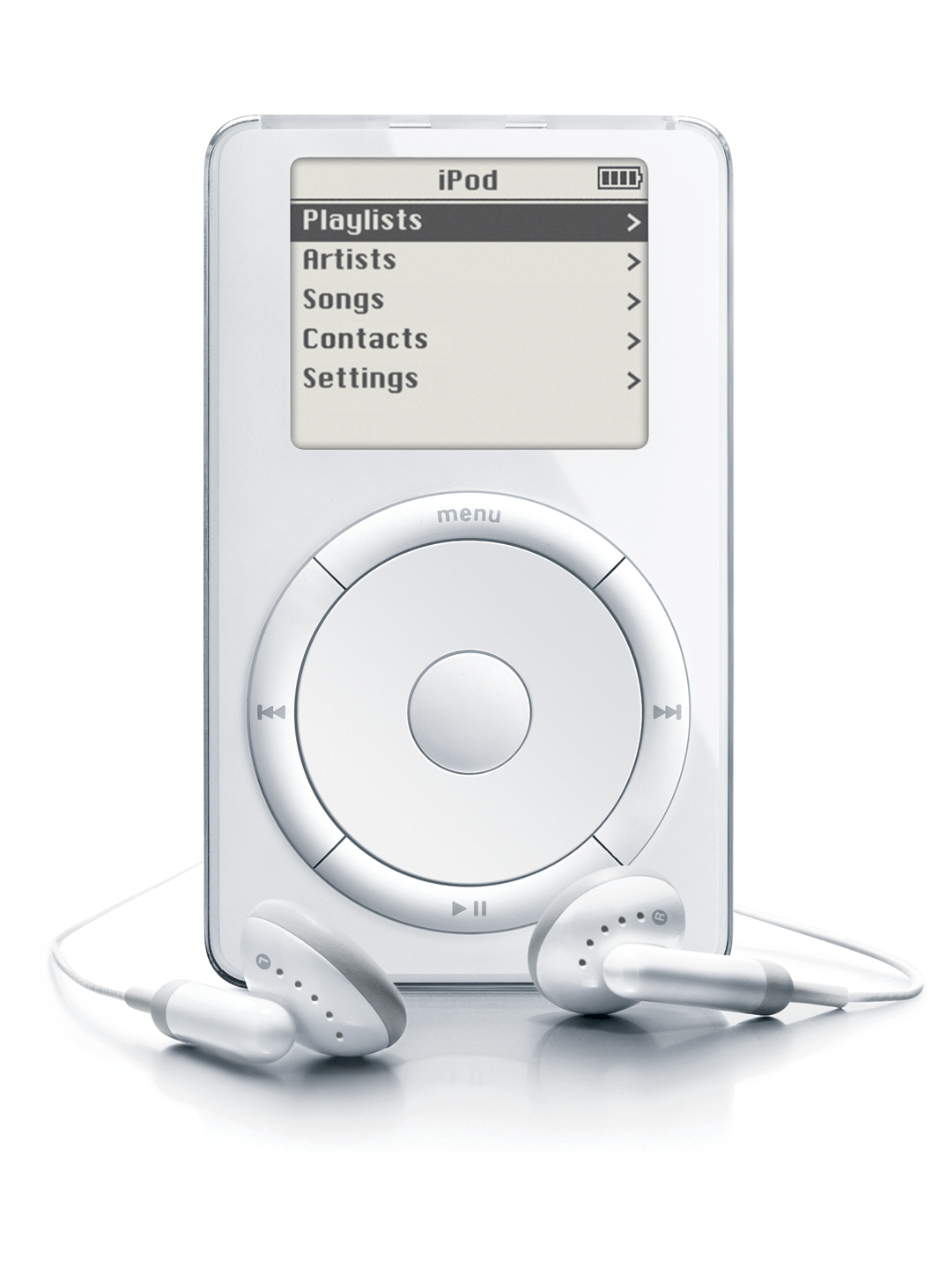 Before the iPod, digital music players were still a novelty. As usual, Apple didn’t really create a device out of thin air and on their wits alone so much as innovate what others had already pushed into the market… usually inferior, cheap products that could hardly function once out of the box. Digital music came from a variety of sources, and MP3-based, low-bitrate songs were often an auditory nightmare when played back on a clunky MP3 player.
Before the iPod, digital music players were still a novelty. As usual, Apple didn’t really create a device out of thin air and on their wits alone so much as innovate what others had already pushed into the market… usually inferior, cheap products that could hardly function once out of the box. Digital music came from a variety of sources, and MP3-based, low-bitrate songs were often an auditory nightmare when played back on a clunky MP3 player.
Released in 2001, along with an upgraded version of iTunes for the Macintosh line of computers, the iPod proved a few things… namely that Apple could move beyond the manufacture and sales of desktop and laptop computers into the mobile arena, and that digital music had a future beyond Napster and peer-to-peer files of questionable quality.
The development and successful marketing of the iPod allowed Apple to market the Mac as a “digital hub” for future mobile products and position itself as a real player in the music industry with the launch (in 2003) of the iTunes Music Store and distribution deals with the corporate titans of the rather paleolithic music industry (thus helping to save said industry from itself). The iPod also led directly to development of a tablet device that Steve Jobs had envisioned as being the next thing for computing, and helped point the way to the device that would soon revolutionize the mobile phone industry
Project Purple
Though it sounds like something Marie Shrader on Breaking Bad might conceive, it was, back in 2004, a team Steve Jobs had put together around designer Jonathan Ive and developer Scott Forstall to help develop Apple’s first tablet computer. The iPod had proved to naysayers that Apple could command a market away from its traditional guise as a computer maker.
What was next was anyone’s guess… Could Apple improve the point-and-shoot camera, or maybe develop a TV, or even improve the automobile. However, the obvious idea for many Mac faithful was that Apple improve the personal digital assistant. PDAs were hot now that the Palm Treo and the RIM Blackberry had developed useful devices for business that were now creeping into mainstream use.
Even in 2003, however, Jobs had decided that maybe getting into tablets wasn’t such a hot idea, and his view on Apple re-creating a PDA would be a rather stale attempt to do what Palm and RIM were already doing quite well. Jobs decided to move the Project Purple team from tablet development to what would become the iPhone. But first, there were some baby steps that helped seal the deal in Jobs’s mind.
The ROKR E1
Back in the day (circa late-90s and early aughts), handset makers pretty much decided not only how handsets would be designed (candybar, clamshell, razor-thin, take your pick), but also decided what the phones would do– how they would perform, what services they would have access to (for hearing those really cool MP3s and playing simple games) –just about everything that went into or came out of a mobile phone was dictated by Nokia, Samsung, Ericsson and Motorola, among other players.
Apple had just released the iTunes Music Store in 2003, and by 2004 was looking for way to compete against other players like eMusic and Listen.com (now known as Rhapsody) who were licensing services to service providers who were closely tied to the handset makers. Apple and Motorola entered into a deal to essentially piggyback the iPod’s interface and was able to access the iTunes Music Store, but Jobs was largely unsatisfied with the result and put even more focus into his vision for the iPhone.
One thing was certain to Steve Jobs… he would not let the handset manufacturer’s dictate to him what a mobile device could be, and he was unwilling to compromise on either the software or the hardware. Apple was about to enter the handset market and change things forever.
Pretenders To The Throne
Apple, as always, is primarily an innovative company that seeks to improve an established product and increase sales in the marketplace for said product. Before the iPhone, other handset makers were already trying to marry the phone to the computer, and/or create a phone that was also an entertainment (and content delivery) device.
Nokia and Ericsson used the Symbian operating system in their first attempt at combing the phone and computer (as well as other mobile device gadgets like the point-and-shoot camera) into one convenient, all-purpose device. Palm, Inc. (formerly Handspring) attempted to corner the young smartphone market with their impressive Treo 600, one of the first devices to legitimately combine all the features of a contemporary smartphone. RIM developed the BlackBerry into a must have business tool that took executive suites by storm (the killer feature being always-on push email), but there was a true gap in the middle between phones that attempted to be smart and those that could actually handle most of your business activity on the go.
Microsoft also tried to get into the act early on, stumbling with their Windows Mobile operating system (based on their prior attempt at mobile computing, Windows CE). Each smartphone and operating system had their own unique features, and some like a more elegant way to send and receive email, or send a picture or video, that would later be improved upon by Apple’s iPhone. However, at the time they all curiously lacked one major feature, or half-assed it to the marketplace… and that was access to the full Internet beyond the mere portal allowed by handset manufacturers.
After a period of development that saw the inclusion of a touch-screen (something Apple has been battling with Samsung over for years on the patent wars front) and the fine-tuning of iOS (and freakouts and screaming matches over antenna placement, dropped calls, glass vs. plastic for the screen) iPhone was released with much hype and fanfare on June 29, 2007.
The “God Phone”
Life has never really been the same since the release of the iPhone, though many at the time thought it a foolish venture for Apple. While other players have come and gone, including attempts by Microsoft and others (like Blackberry, that refuses to fade away), the only other major player to come after Apple in a big way is Google. Google’s open source Android OS, much criticized at the time for largely copying iOS, has developed along its own path and, due to its open source nature, has become the dominant mobile OS to-date. Wall Street gamblers analysts have long thought that Google would eventually get into the handset market itself, and with the recent takeover of Motorola, the Mountain View, California company seems well poised to take on Apple, though its first offering, the Moto X, has received rather lukewarm reviews.
[box_light]Meanwhile, those very same analysts eagerly await the next big, game-changing device from Apple, but…[/box_light]
Apple’s own upgrades to handsets and their aging OS have been largely incremental the past few years, adding features, greatly modifying some others. Due to the success of the Android OS and the plethora of Samsung handsets, Apple has slowly moved away from the kind of skeuomorphism that developers and tech-heads hate in operating systems and apps, and as of this September their OS will showcase a strong re-design that cribs more than a few things from Google’s evolving OS. If imitation is the sincerest form of flattery, then these two corporate tech giants have created a veritable mutual appreciation society, while struggling to compete and create that next game-changing gadget.
This week Apple announced the iPhone 5C and 5S, replacing the iPhone 5 that was generally known for Apple’s first foray into larger screens, though Apple designers seem to feel that larger screens aren’t necessarily what makes a smartphone a truly useful device. Ergonomically, the iPhone 5 fit comfortably in the hand as did the iPhone 4s (known for the debut of Siri voice command which was released as a public beta test, something Apple rarely does… as anything less that perfect usually won’t hit the market), the iPhone 4 (first with Retina Display and a redesigned form factor), the iPhone 3GS (notable for pre-Siri voice command, the glass/steel form factor replacing the first iPhone’s plastic design, and the first iPhone capable of shooting video), the iPhone 3G (introduced GPS, improved audio, better battery life), and the ol’ classic iPhone, first of its kind, that introduced us to the concept of practical mobile computing in our everyday lives… and changed the game for all of us.
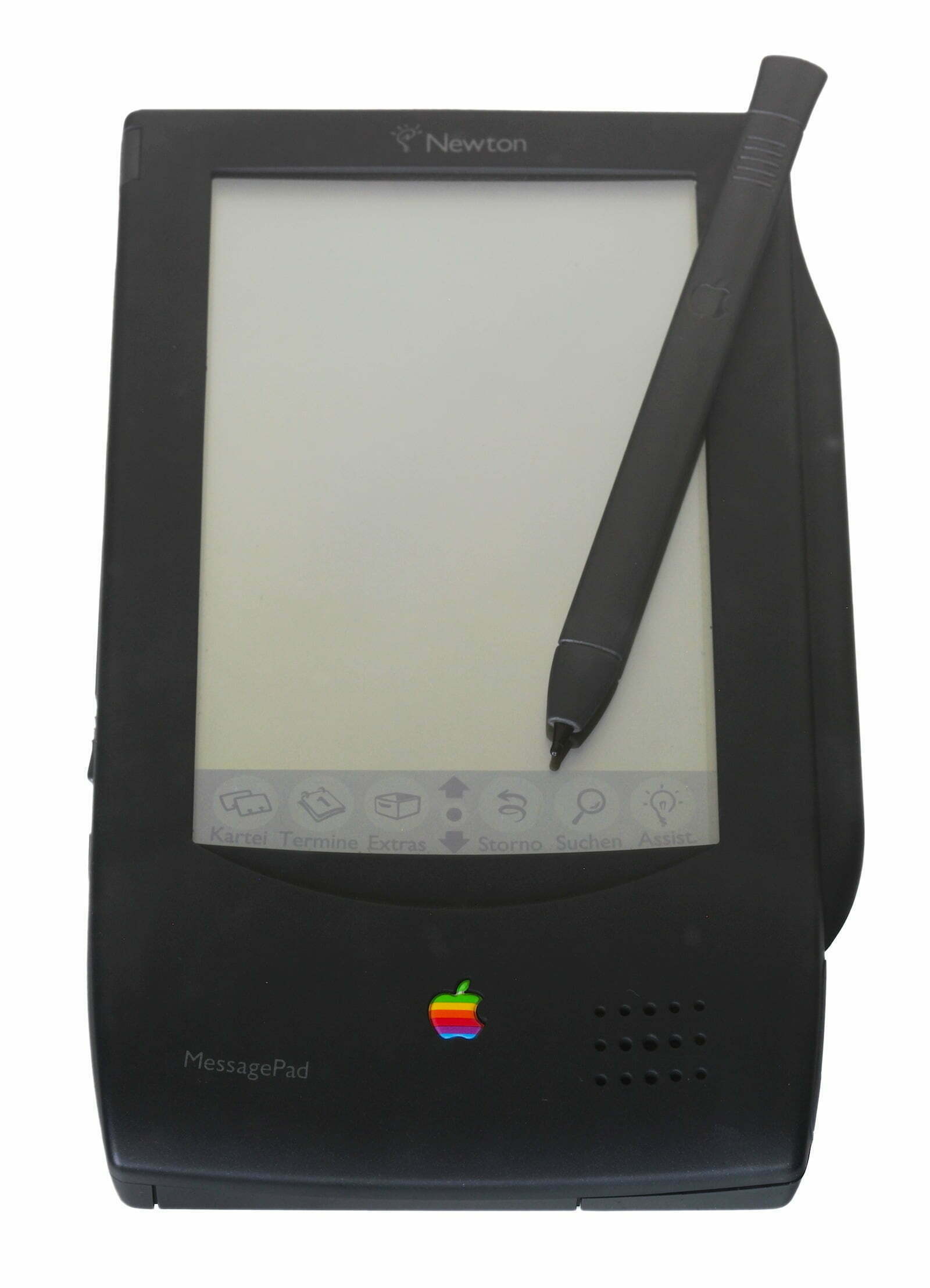
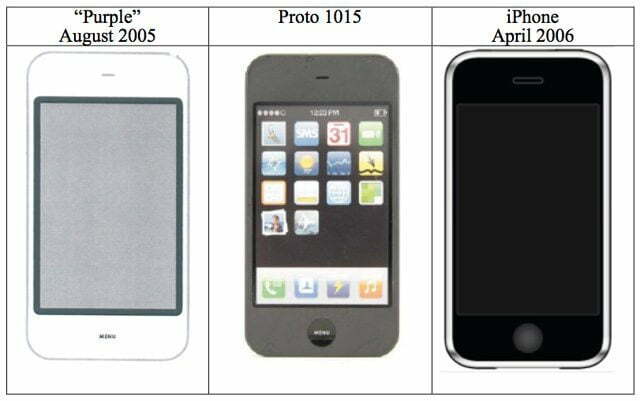
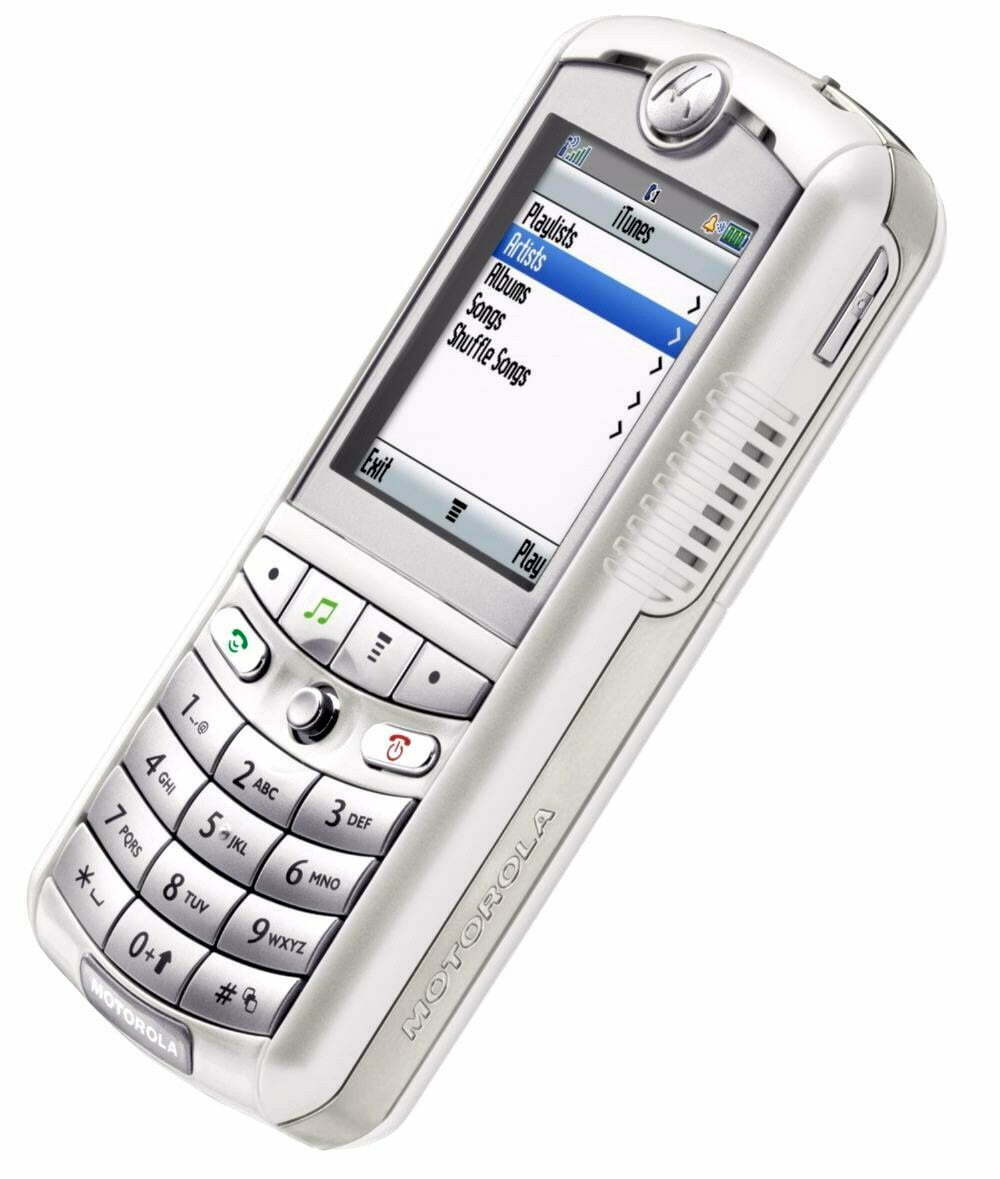
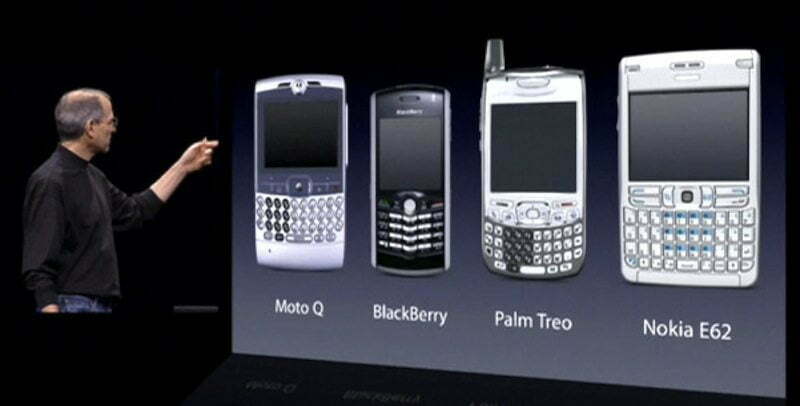
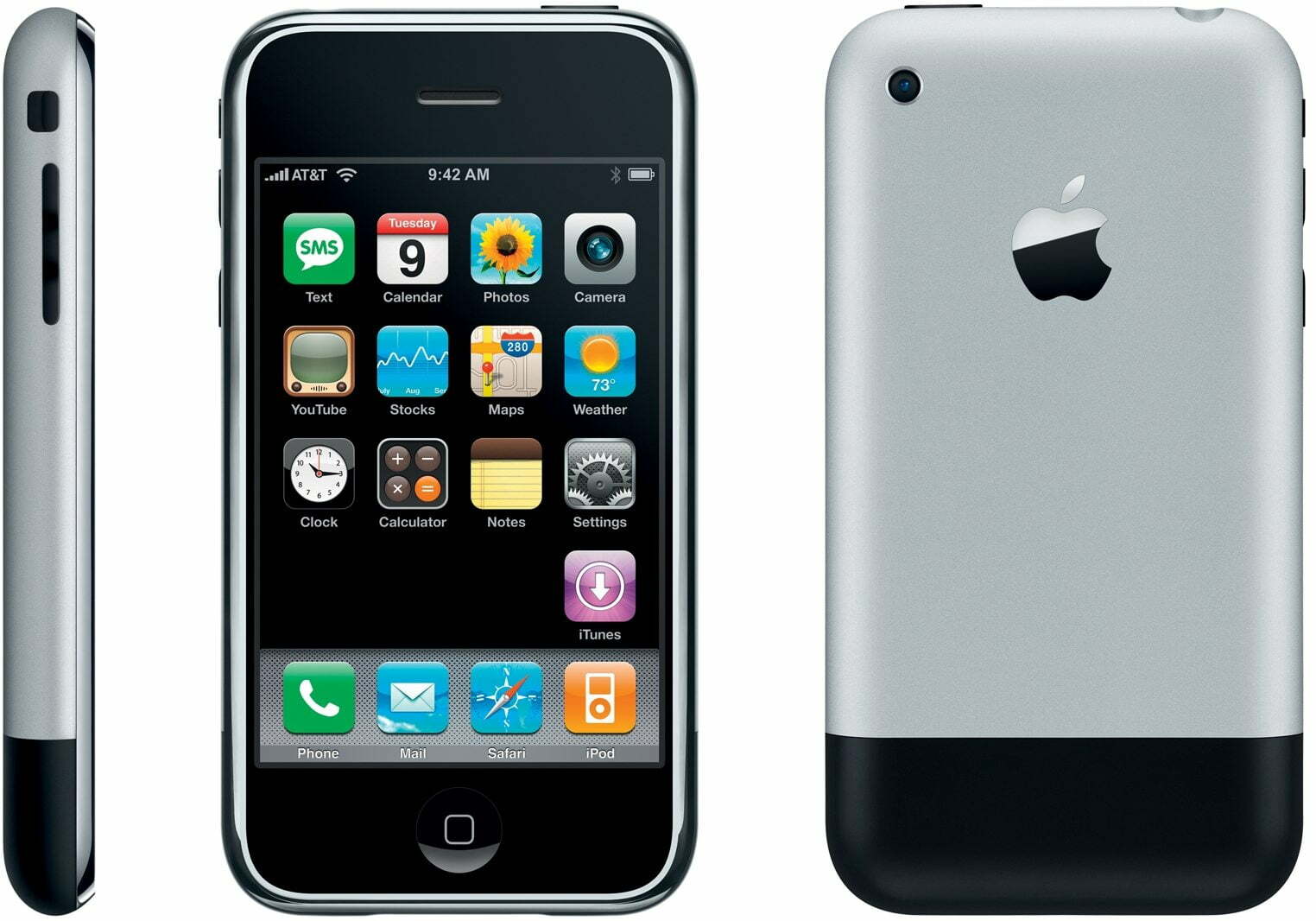
![10 Best Keyboards for iPhone in [year] 1 Best Keyboard for iPhone|Microsoft SwiftKey Keyboard for iPhone|Flesky Keyboard for iPhone|Tenor Keyboard for iPhone|Gboard Keyboard for iPhone|Typewise Keyboard for iPhone|Grammarly Keyboard for iPhone|Bitmoji Keyboard for iPhone|Phraseboard Keyboard for iPhone|GO Keyboard for iPhone|Color Keyboard for iPhone](https://www.gadgetreview.dev/wp-content/uploads/Best-Keyboard-for-iPhone-300x225.jpg)
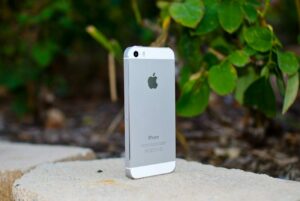
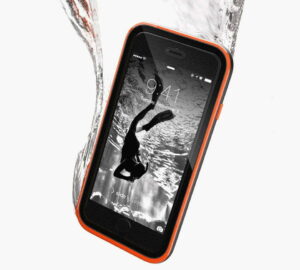

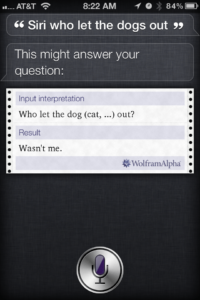

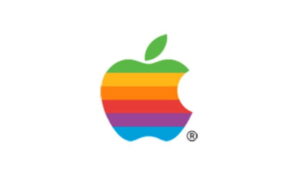
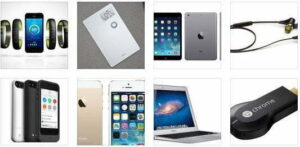

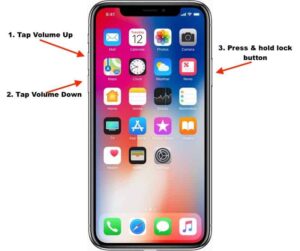
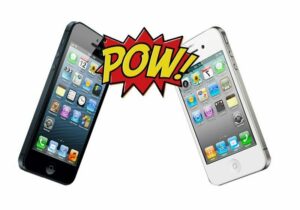
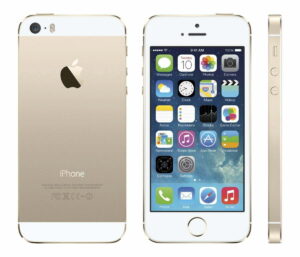
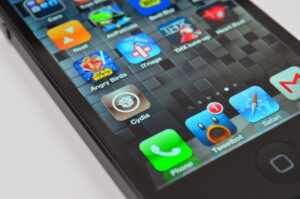
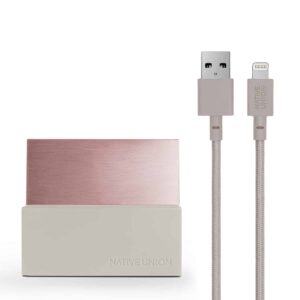
3 responses to “Post Title”